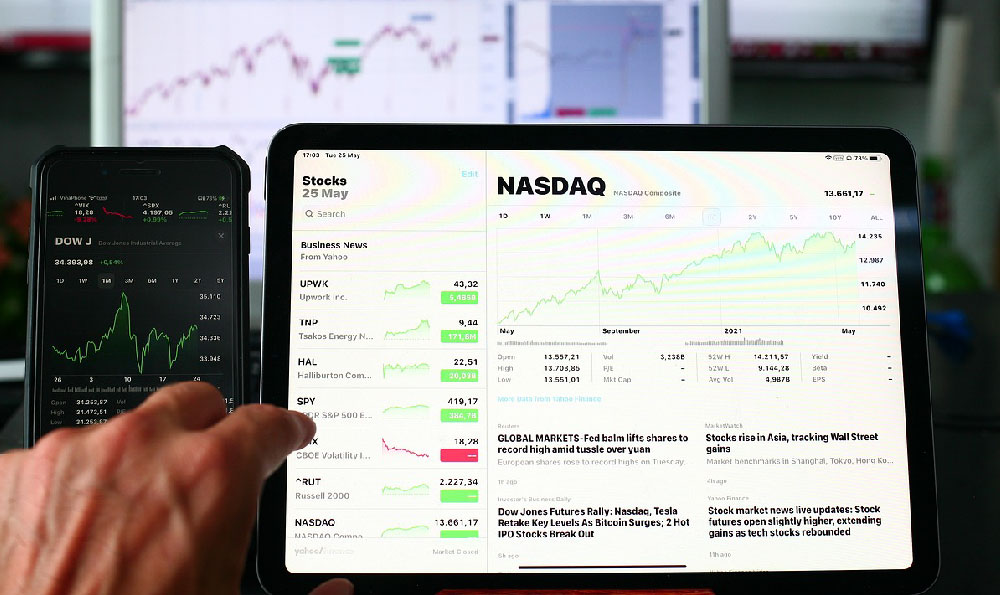
Disney, a name synonymous with childhood magic, captivating storytelling, and global entertainment dominance, is a behemoth whose financial performance piques the curiosity of investors, entertainment enthusiasts, and casual observers alike. Trying to pin down a precise daily earning figure, be it revenue or profit, is a challenging endeavor due to the company’s multifaceted operations and fluctuating market conditions. However, we can delve into Disney's financial reports and business segments to arrive at a reasonable understanding of their daily financial intake.
To begin, it's critical to distinguish between revenue and profit. Revenue represents the total income generated from Disney's various business activities before any expenses are deducted. Profit, on the other hand, is the net income remaining after all costs, including operating expenses, taxes, and interest payments, are subtracted from the revenue. Therefore, while Disney's revenue might be substantial, their profit margin, and thus their daily profit, will be considerably lower.
Disney's revenue streams are diverse, spanning across several key segments. Media and Entertainment Distribution encompasses the traditional television networks like ABC and ESPN, streaming services like Disney+, Hulu, and ESPN+, and content licensing. Parks, Experiences, and Products includes the theme parks and resorts, cruise lines, and merchandise sales. Content Sales/Licensing includes theatrical distribution, home entertainment sales and licensing of content to various platforms. Each of these segments contributes significantly to Disney's overall revenue.

Calculating Disney's daily revenue requires a closer look at their annual or quarterly reports. Consider their most recent fiscal year's total revenue. If we divide this annual revenue figure by 365, we get an approximate daily revenue figure. It's important to note that this is a very rough estimate, as revenue is not evenly distributed throughout the year. For instance, the holiday season typically sees a surge in park attendance and merchandise sales, while movie releases can significantly impact revenue in certain quarters.
Looking at past financial reports, Disney often reports tens of billions of dollars in revenue each quarter. This translates into hundreds of millions of dollars in revenue each day. However, this large figure doesn’t accurately represent daily profit.
Profitability is a more complex metric to calculate. Disney's profitability is influenced by various factors, including the cost of producing and distributing content, operating the parks and resorts, and managing the streaming services. High production costs for blockbuster movies, intense competition in the streaming market, and economic downturns can all impact Disney's profit margins. To determine daily profit, one must examine Disney's net income, which is the profit after all expenses have been accounted for.
Disney's annual reports provide the net income figure. Dividing this annual net income by 365 gives an approximate daily profit. Again, it's crucial to recognize that this is an estimate, as profitability can vary significantly from quarter to quarter and even day to day. For example, a successful movie launch can boost profits substantially in a particular quarter, while unexpected events like park closures can negatively impact profitability.
Beyond simply dividing annual figures, it's essential to consider trends and specific events affecting Disney's performance. The growth of Disney+ has been a significant factor in recent years, but the profitability of the streaming service has fluctuated as the company invests heavily in content acquisition and marketing. Simultaneously, the resurgence of theme park attendance following pandemic-related closures has contributed positively to overall revenue and profit.
Furthermore, Disney's strategic decisions play a crucial role in their financial performance. For instance, decisions regarding content licensing, pricing of park tickets and merchandise, and investments in new technologies can all impact revenue and profitability. The acquisition of 21st Century Fox, for instance, brought a vast library of content and new streaming platforms under Disney's umbrella, influencing both revenue and costs.
The impact of external factors should also be considered. Economic conditions, consumer spending patterns, and competition from other entertainment companies all play a role in Disney's financial performance. A recession could lead to reduced theme park attendance and merchandise sales, while increased competition from Netflix, Amazon Prime Video, and other streaming services could put pressure on Disney+'s subscriber growth and profitability.
In conclusion, while it's tempting to seek a precise daily earning figure for Disney, the reality is that their financial performance is dynamic and influenced by a multitude of factors. A rough estimate of daily revenue can be obtained by dividing annual revenue by 365, and a similar calculation can be done for daily profit using net income. However, these figures should be interpreted with caution, as they do not account for the variations and complexities of Disney's diverse business operations. Analyzing Disney's financial reports, tracking industry trends, and understanding the company's strategic decisions are essential for gaining a more comprehensive understanding of their financial performance and daily earnings potential. The exact figure remains elusive, but the knowledge gained from analyzing their operations provides valuable insight into the financial health and success of this entertainment titan. The daily figures, while interesting, are merely snapshots of a much larger, ever-evolving financial picture.





